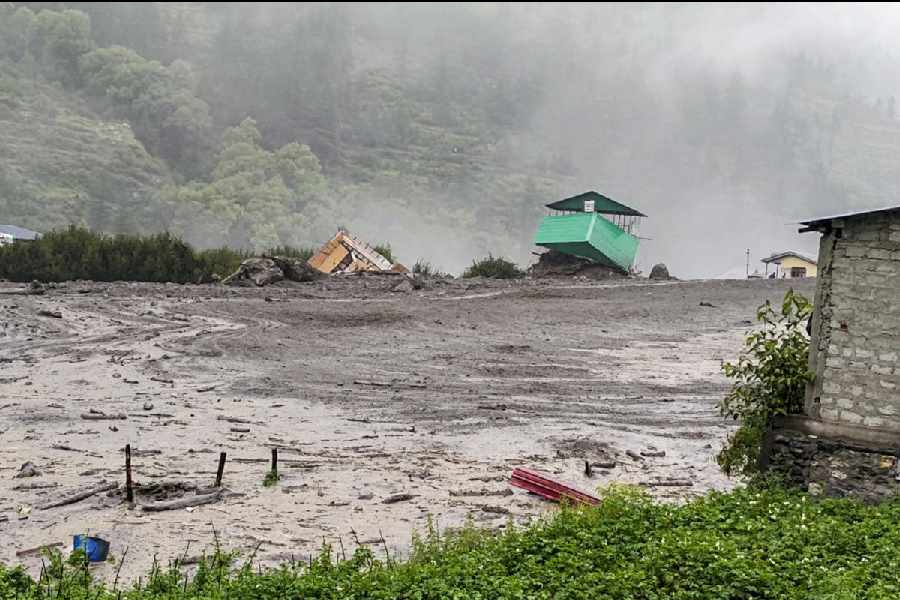 |
| The quinine factory at Mungpoo |
Darjeeling, July 9: The directorate of cinchona and other medicinal plants has chalked out a Rs 51-crore revival plan for the quinine factory at Mungpoo in a move to make the biggest public sector undertaking in the hills sustainable.
The plan has already been submitted to the state government. “The government is currently examining the Rs 51 crore proposal. We are also preparing a report to restart the grinding unit of the factory,” Gyan Chandra Subba, the director of the cinchona plantation, told The Telegraph.
The factory’s grinding unit has been closed for decades and its revival is expected to cost the state exchequer around Rs 30 lakh.
“It may take time to completely revive the quinine factory but if we can start the operations, a good inflow of revenue is expected,” said Subba.
The factory has been defunct for at least 10 years.
The cinchona plantation — only one of its kind in the country — is the biggest public undertaking in the hills, providing sustenance to around 40,000 people. However, the plantation is forced to sell dried cinchona bark because of the closure of the factory and it is running at an annual loss of Rs 2 crore.
“The cinchona barks are sold at Rs 100 per kg but if the grinding unit is revived, we can at least produce quinine powder which will fetch prices ranging from Rs 1,000 to Rs 3,000,” said Subba.
The quinine factory was set up in 1875 to produce quinidine and quinine sulphate. Quinidine is widely used in cardiac ailments. The quinine, which is extracted from cinchona barks, is used in anti-malaria treatment and is an ingredient in sun-lotions, restorative tonic and insecticides.
The plantation is spread over 26,000 acres at Mungpoo and Latpanchar in Kurseong subdivision and at Munsong and Rongo in Kalimpong subdivision.
Sources in the horticulture department, under which the directorate falls, said the plantation had around 100 tonnes of cinchona barks lying in its godown. “It is not necessary to peel off cinchona barks annually and hence, the plantation still has a lot of standing crop. There are enough barks to run the factory for another 10 years,” said a source.
According to a government report, the plantation can yield five-seven tonnes of cinchona barks and the defunct factory has an installed capacity to produce around 14-15 tonnes of quinine annually.











